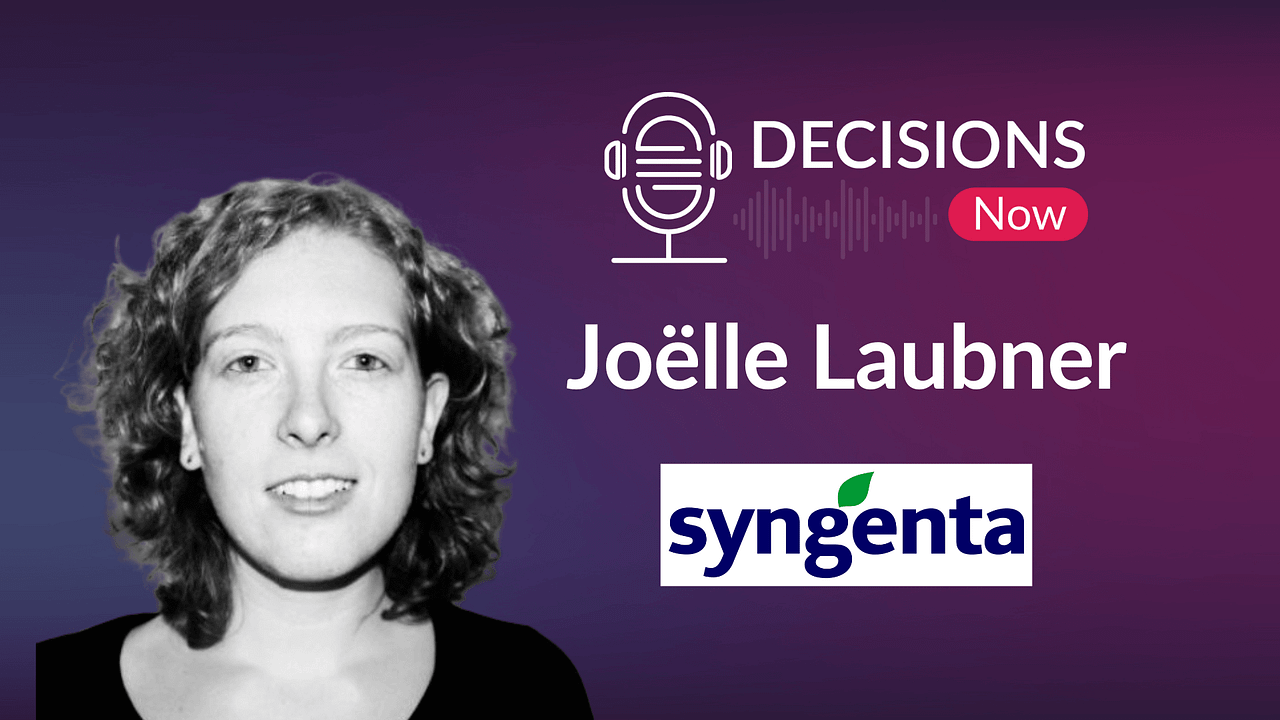Today, Artificial intelligence (AI), has penetrated the defense industry, like most. On this episode of the Decisions Now podcast, we are joined by Rob Albritton, vice president, and AI practice lead at Octo, who shares all the innovative ways AI is making strides in the defense world.
In this episode, co-hosts Rigvinath Chevala, Evalueserve’s chief technology officer, and Erin Pearson, our vice president of marketing chat with Albritton on the use of AI in defense, how Octo is optimizing it for data pattern and recognition, machine learnings (ML) operations, and building an AI team.
AI in Defense
Octo’s focus lies heavily in different domains within the federal government, from the Department of Defense‘s intelligence community to national security and civilian agencies. Operating out of a 15,000+ square foot innovation center in Virginia, they focus on tactical AI.
“A lot of our focus is on how to take AI applications that today require massive cloud computational resources and move it to the edge so that the warfighter can benefit from those applications as well?” Albritton said. “We do streaming processing, and real-time analytics, which is critical when you have combat scenarios where lives are at risk, and you have data being collected in real-time.”
In their lab, the team at Octo performs analytics on about 16 different video feeds at one time. They also recreate combat scenarios through simulations.
“We can put soldiers and operators, special operators through those scenarios, and they can test the algorithms in an operationally relevant environment that were just trained on that supercomputing system at the front of the lab,” Albritton said. “From there, we have a robotics facility that allows us to build bespoke platforms and do various types of unmanned system testing and collect a lot of different data.”
Using and collecting this data allows the team to train their machine learning algorithms and test them in an operational and relevant environment to confirm what works on a battlefield.
They integrate an unmanned aerial system that can collect video and train ML models to identify various targets of interest on the battlefield, he added.
The trained algorithms can detect an adversary coming and alert the soldiers.
Using Machine Learning
Albritton’s introduction to ML and predictive analytics was back in 2008 when he worked with the U.S. Army to develop technology that would predict where pilots would crash and end up to then send rescue missions toward them in a time-sensitive manner. The team used thousands of historical pilot crash use cases from World War I, World War II, and other conflicts to understand what the pilots did in that scenario.
“We used that data to train a model, to do predictive analytics, to predict where based on past performance, how humans have acted in the past, those historical cases, plus intelligence that we have like enemy location, terrain, weather,” Albritton said.
The same technology was leveraged to find people at risk in the California fires, locate older demographics with Alzheimer’s and Dementia as well as children with autism, and more.
“We found that there were a ton of different use cases for this technology that we built for the military,” he added.
Data and Drift Detection
A common challenge they see in the government is their business model hasn’t caught on to the fact that the software and models they buy drift.
“All machine learning models drift over time for various reasons, but model drift is a real problem,” he added. “Especially in the US government, a lot of leadership hasn’t caught onto it yet. They don’t quite understand it,” Albritton said.
To combat this challenge, Octo has built MLOps, a drift detection capability named Hatteras, with the goal of teaching the government how to fish and monitor the model instead of just selling them a product. The platform then alerts the end user when the model drifts.
“How long it takes for a model to drift varies. There’s no empirical or there’s no hard and fast rule. This type of model architecture always drifts every three days. There’s just no way to put that kind of metric on it,” he added.
As models are retrained, it’s imperative to keep human-in-the-loop to an extent. Active learning allows a non-technical user to know which data needs to be relabeled, reducing the overall time spent.
“The training on top, as we call it, is similar, is not just when the model drifts, but even understanding that specific domain. Take an existing model, train it further with active learning with the human-in-the-loop, and make it more domain-centric,” Chevala said.
That’s what we call domain-specific AI in our lingo, it also happens in Natural Language Processing (NLP), he added.
Building AI Teams/Career
Chevala and Pearson asked Albritton how his team finds talent, data scientists, and engineers or do they train them.
He said a common challenge within their space is finding talent with the appropriate security clearance, or inexperience with unique environments and data specific to the DOD.
“For example, in drones, the video coming off them is not pristine. It’s not like you see in an academic or lab environment. It’s got all kinds of artifacts in it that make it hard to work with, so finding folks that know how to do that is hard,” Albritton said.
Octo has a robust internal network and usually look for talent through mutuals to find candidates with the right training and clearances.
“Anybody listening, data science, and ML, there is still a market for you, I promise you. It’s a talent that’s in demand, despite all the news about what’s happening in Silicon Valley,” Albritton said. “Especially in this domain, ours, and speaking specific to Department of Defense and Intelligence Community work, it’s hard to find folks that have a domain understanding and technical acumen.”
To learn about Octo, click here https://olabs.octo.us/.


